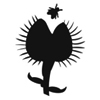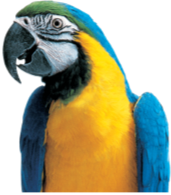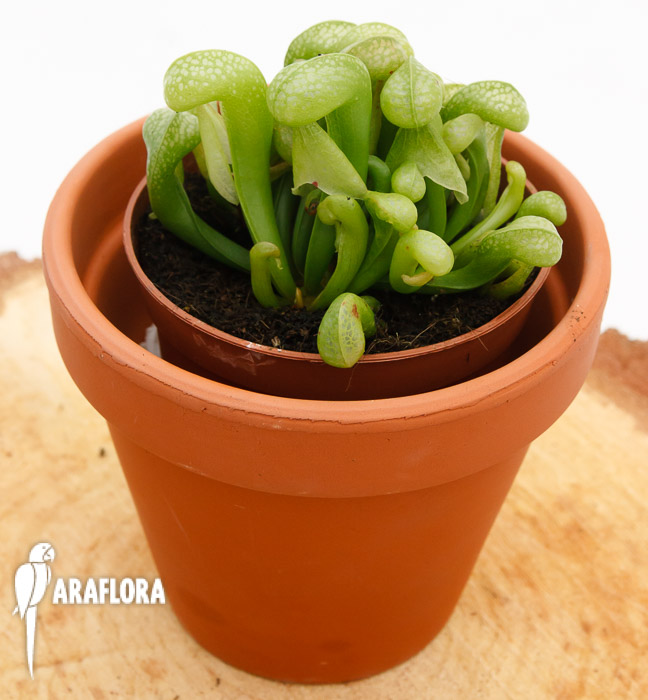Darlingtonia californica 'Green' - CarniDar08
Darlingtonia californica 'Green' - CarniDar08
Darlingtonia californica 'Green', common name ‘Californian cobra lily’, is a carnivorous plant from Western USA. The green pitchers of Darlingtonia californica have a downfacing ‘head’ with transparent windows, to lure in insects. This plant requires special care see the care information at Araflora.
This product is currently still in stock
Share this plant? Press on one of the following icons.
Darlingtonia californica 'Green', commonly known as the Cobra Lily, is a fascinating and unusual carnivorous plant with a distinctive appearance and a highly specialized trap mechanism. Native to North America, the Cobra Lily is a captivating species for both botanists and plant enthusiasts alike due to its rarity, unique morphology, and adaptive trapping strategy.
Distribution: The Cobra Lily is native to North America’s west coast, specifically the northern parts of California and southwestern Oregon. It thrives in cool, nutrient-poor, boggy environments such as seeps, stream edges, and cold springs. These habitats often feature acidic, low-nutrient soils, leading Darlingtonia californica to evolve carnivorous adaptations to obtain essential nutrients. The plant is notably sensitive to temperature, preferring cold water around its roots and being prone to overheating in hot conditions, which limits its growth to certain microhabitats with cooler water sources.
History: Darlingtonia californica was first discovered and described in 1841 by botanist William D. Brackenridge during the United States Exploring Expedition. In 1853, the plant was formally named by John Torrey, who honored his friend William Darlington, a physician and botanist, by naming the genus Darlingtonia. Its common name, the Cobra Lily, derives from the plant’s striking resemblance to a rearing cobra, with its bulbous hood and forked, tongue-like appendage that resembles a snake’s tongue. This unique appearance has intrigued botanists, and the plant has remained a popular and iconic species among carnivorous plant enthusiasts.
Trap Mechanism:
The Cobra Lily uses a sophisticated and deceptive trapping method that does not rely on a pitfall or sticky trap like many other carnivorous plants. Instead, it uses a complex combination of visual and structural tricks to confuse and trap its prey:
– Attraction and Luring: The Cobra Lily’s hooded, tubular leaves produce nectar around the entrance, which attracts insects. The bright, translucent 'windows on the hood of the pitcher also play a role by allowing light to pass through, creating a visually confusing environment for the insect.
– Confusion: Once inside, the insect finds itself in a maze of light and shadow. The translucent spots on the hood lead the insect to think it can escape through them, but it is unable to break through. This causes the insect to continue moving in a disoriented pattern, often descending deeper into the pitcher.
– Slippery Inner Surface: The plant’s inner walls are smooth and lined with downward-facing hairs, preventing the insect from climbing back out. The hairs guide the prey downward, toward the digestive zone.
Digestive Process: Unlike many other carnivorous plants, the Cobra Lily does not produce digestive enzymes. Instead, it relies on symbiotic bacteria and other microorganisms in the pitcher fluid to break down the prey, releasing nutrients that the plant absorbs.
This trapping method is highly effective, allowing Darlingtonia californica to capture and digest insects even in cool, nutrient-poor habitats. Its unique adaptations make the Cobra Lily one of the most fascinating examples of carnivorous plant evolution, with a strategy that maximizes its ability to thrive in its limited, specialized habitats.




The Cobra-lily (Darlingtonia californica) is a very special, beautiful and intriguing carnivorous plant. During the day the Darlingtonia californica prefers temperatures between the 10˚ and 25˚ Celsius (50˚-77˚F).On the other hand the roots of this plant prefer lower temperatures and do not like standing in stagnant water. By making use of a large container and by putting ice cubes on the bottom of the container on very hot days the right conditions for growth can be achieved. The Cobra-lily needs watering with soft water like rainwater or osmosis water. The soil in which the plant grows , must be nutrient poor and permeable. Araflora has successfully used a mixture of living Sphagnum, peat and perlite for this type of soil. In winter the plant will stop growing and will also need a colder temperature. Although the Cobra-lily is not the easiest type of carnivorous plant, it is definitely worthwhile to cultivate this plant. If the right kind of attention is paid to the conditions for its growth, this plant will be a great acquisition for any plant lover.








 7 cm
7 cm
 7 cm
7 cm












